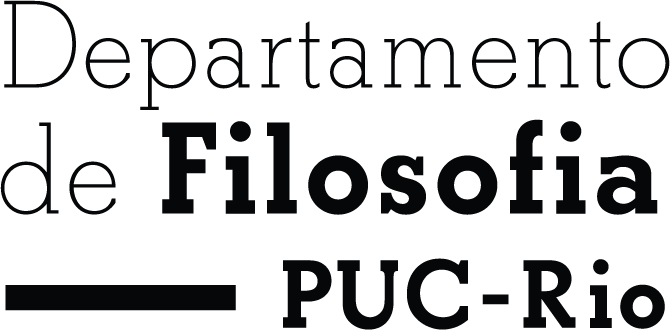Data: 03, 04 e 05 de abril de 2017 – de 16h às 19h
Local: A definir.
O Minicurso será oferecido pela Profª Maria Pia Donato, a convite do Prof. Maxime Rovere. Todas as aulas serão dadas em inglês.
Life and death in 17th and 18th century mechanical philosophy and medicine: scientific and religious aspects
The course will explore how a new vision of the body and a new scientific interpretation of life and a new attitude towards dying first came into being in the 17th and 18th centuries, leading the way to a belief in the “conquest of death” by medicine which remains in force to this day. Investigating life and death as a medical and religious issue, the aim of the course is to draw together the history of philosophy, science and theology and to provide students with a broad picture of how early modern society coped with death and of how the boundaries between medicine and religion were redrawn, when death ceased to be regarded as beyond the realm of scientific investigation. It is generally believed that the eighteenth century was a watershed in so-called “taming of death,” which historians interpret as an effect of the wider secularization of Western culture in the context of Enlightenment. This course will put forward a different interpretation, which emphasizes the crucial role played by modern mechanical philosophy, anatomical practice and religious concerns. It will show how medicine broke free from the Hippocratic and Galenic tradition, and how life and death became a proper object of scientific discourse and action.
The course is divided into three sessions, including a presentation by the visiting professor and reading of texts and sources.
Lesson 1 will deal with the collapse of traditional Galenic medicine and the emergence of a new mechanical interpretation of the human body. For centuries, Western medicine rested on the teachings of the ancient Greek and Roman philosophers and physicians, namely on Hippocrates’ and Galen’s. Weakened by its own sophistication, disproved by anatomical and physiological research, Galenism was overtly challenged and then dismissed by modern mechanical medicine, from Harvey to Malpighi.
Lesson 2 will explore the changing definitions of life and death over time.
Lesson 3 will discuss the ethical and religious implications of mechanical medicine and the medicalization of the end of life. Where is the line that separates life and death located? What should the physician do when confronting death? What are the roles of medicine and religion in dealing with those who are dying? It will provide a comparison between medical and religious literature on the physician’s responsibilities towards the dying. Despite differences on several key points, medical and ecclesiastical authors had generally agreed that that physicians should not attempt to treat the dying. This attitude began to change, however, at the beginning of the eighteenth century, in connection with a new perception of the body.






oi gente
muito interessante esse site, gostaria de dar os parabéns pelo excelente conteúdo.Foi muito útil para mim
Obrigada 😉